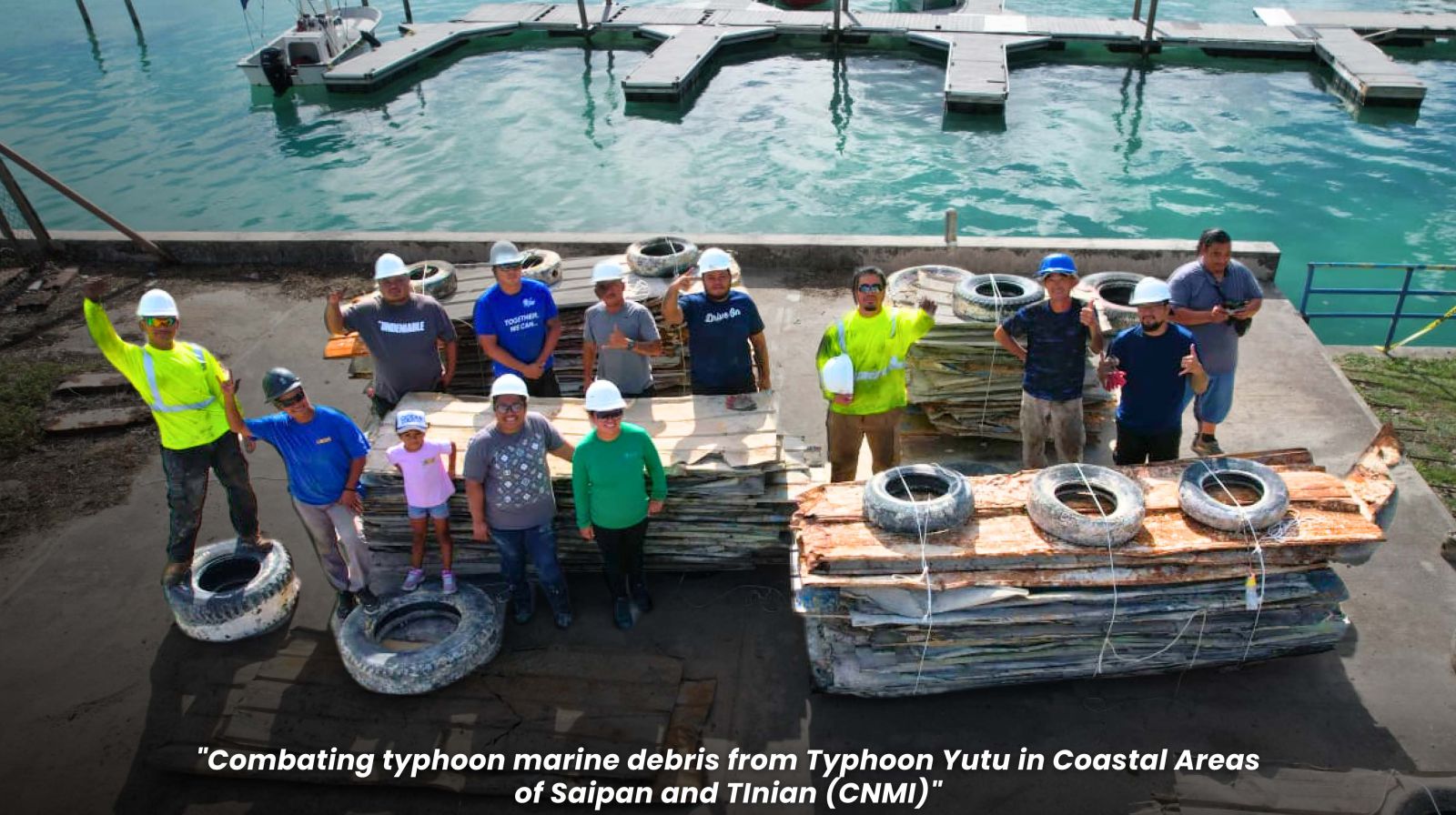Marine Debris


.png)
.png)
Last Updated 3/11/2025



.png)
.png)
Last Updated 3/11/2025
MINA: A nonprofit organization dedicated to the conservation of the diverse natural resources of the Northern Mariana Islands. MINA is a 501(c)(3) tax-exempt nonprofit organization under U.S. federal tax law, meaning it qualifies as a charitable organization and donations to it are generally tax-deductible.